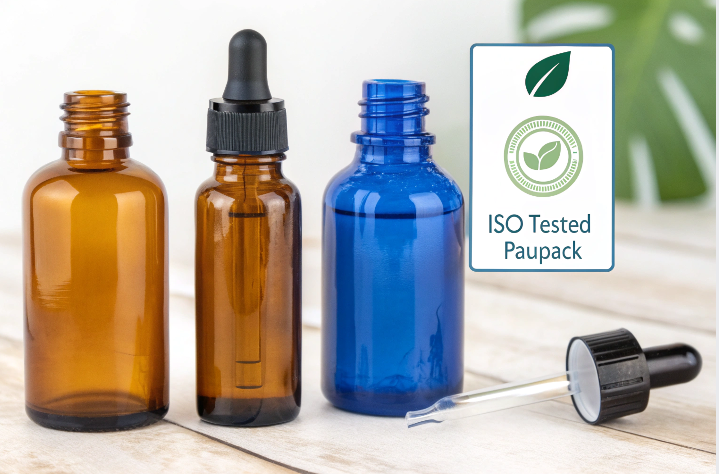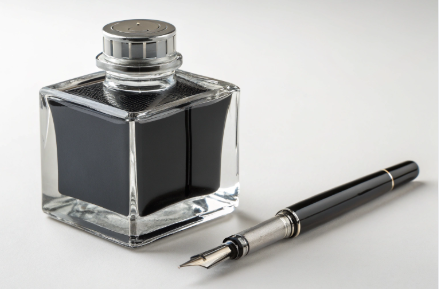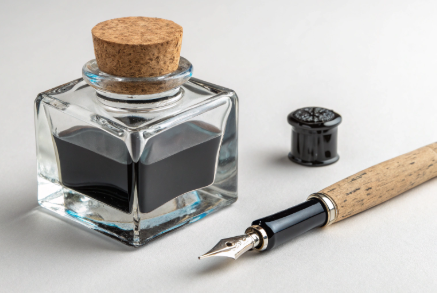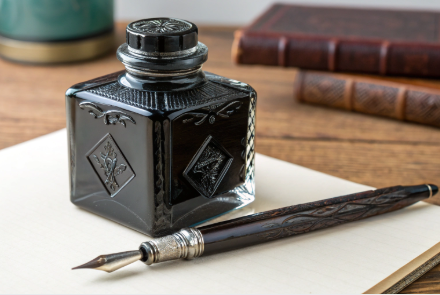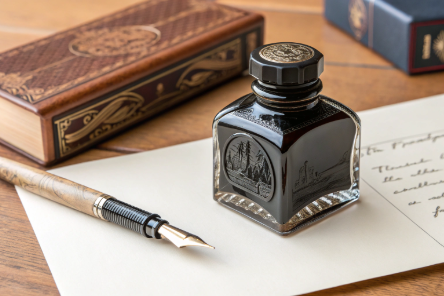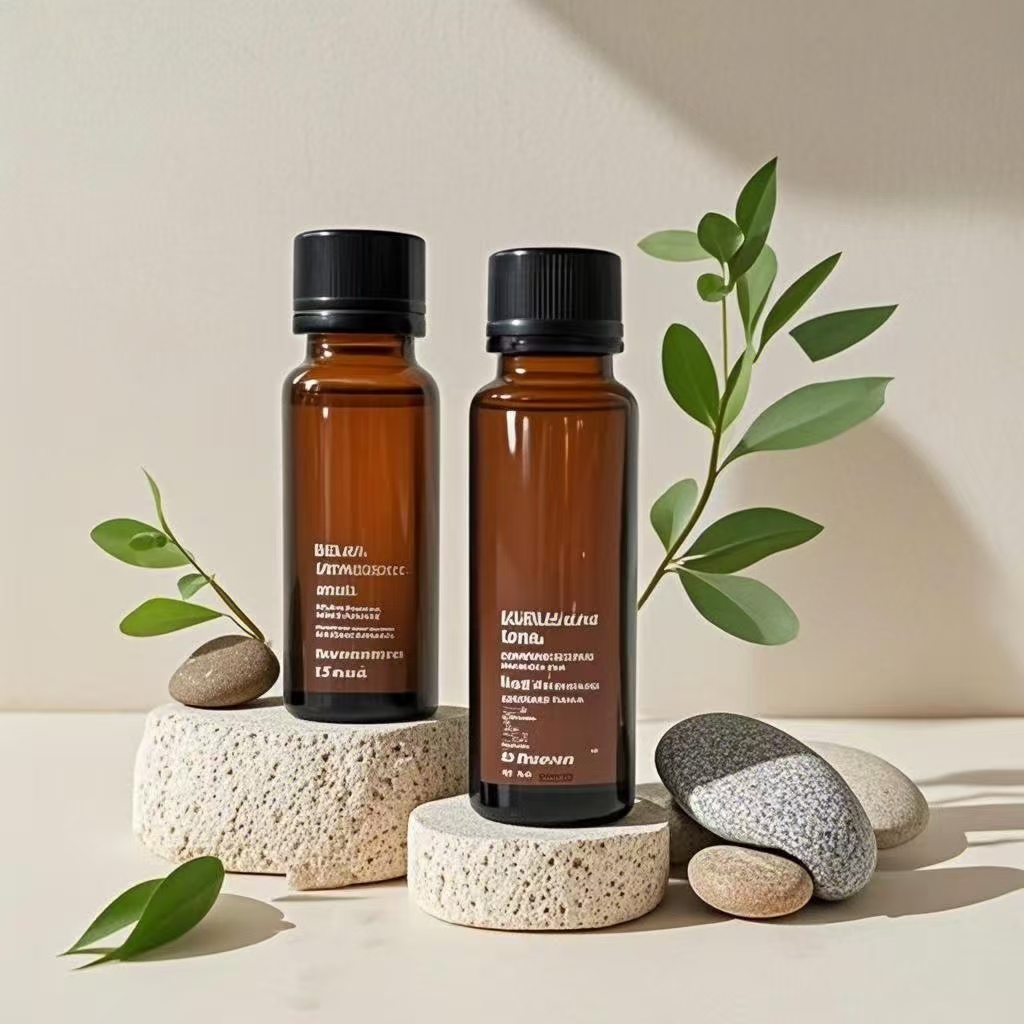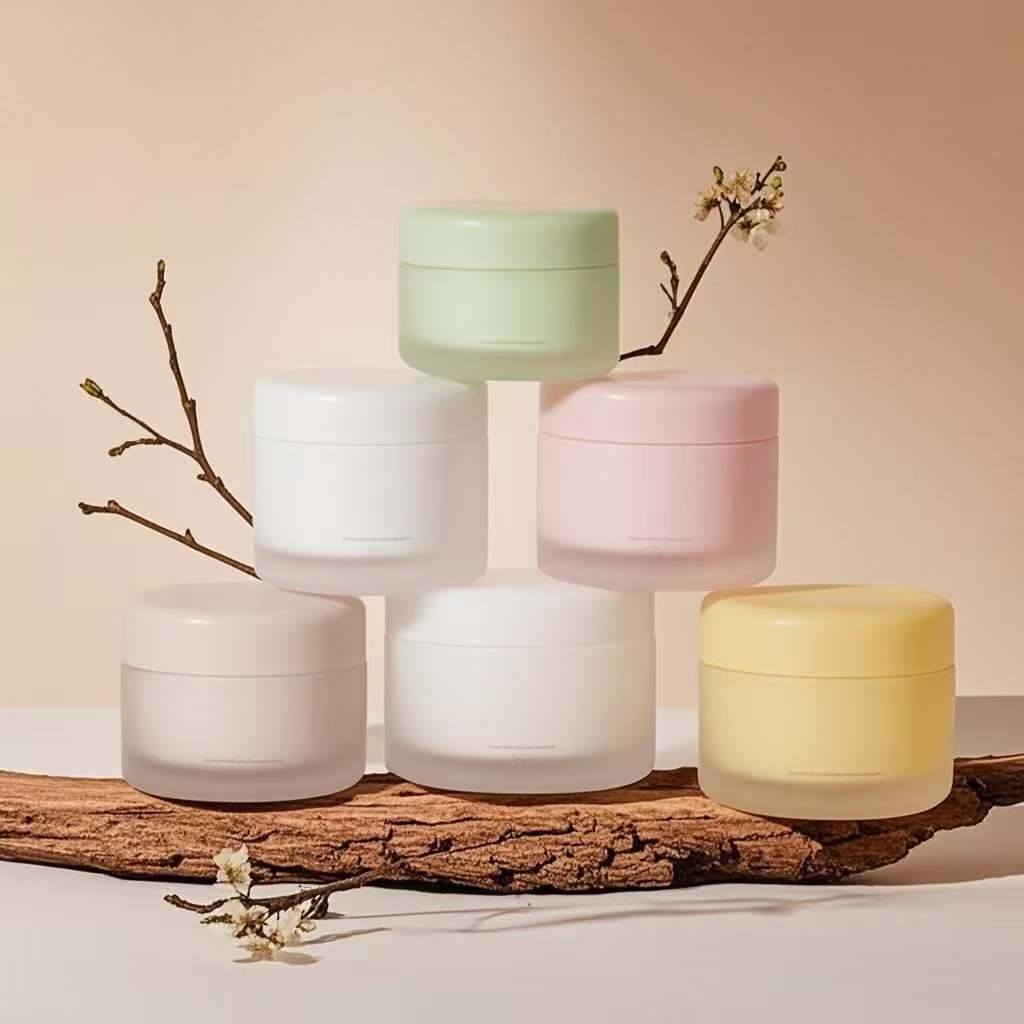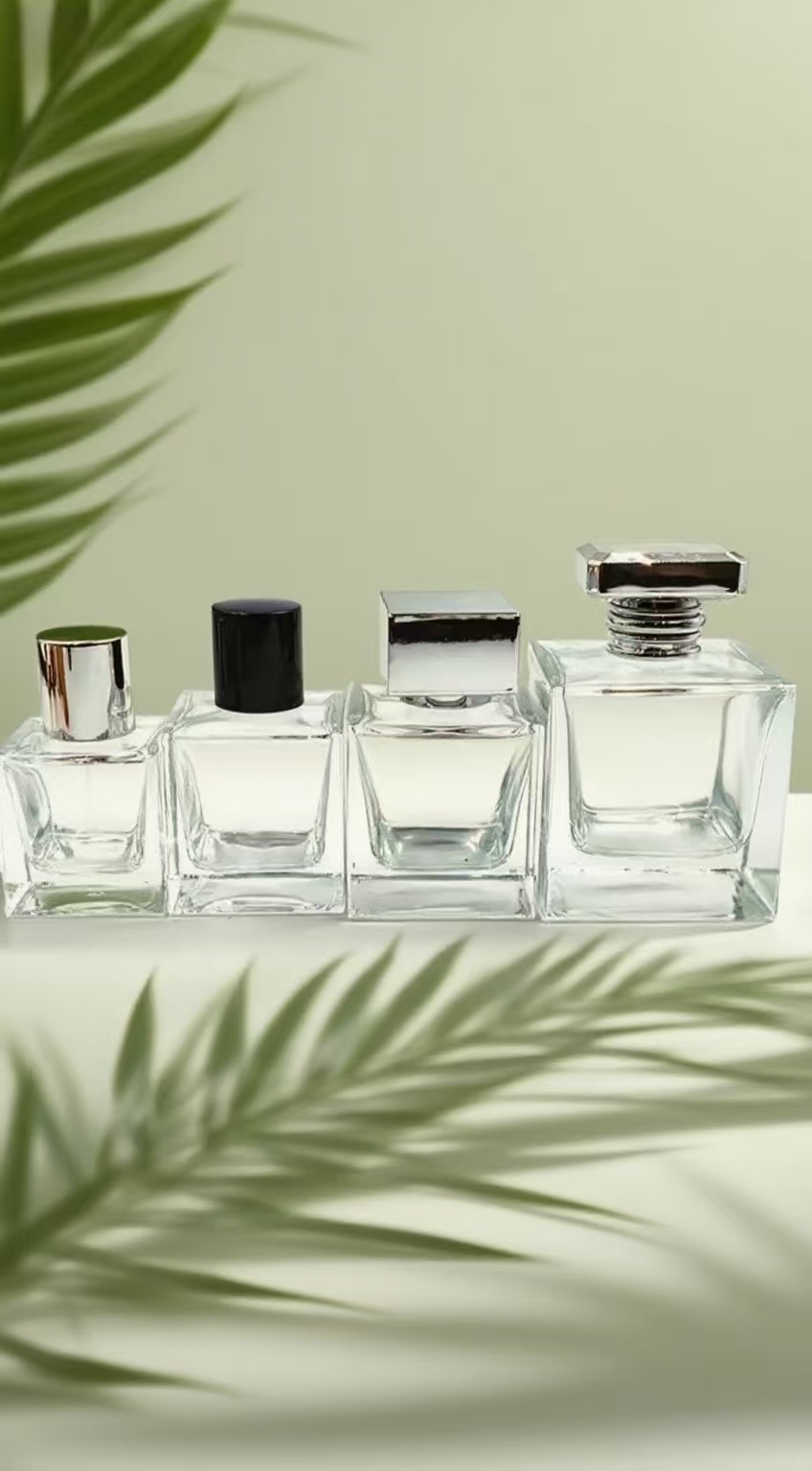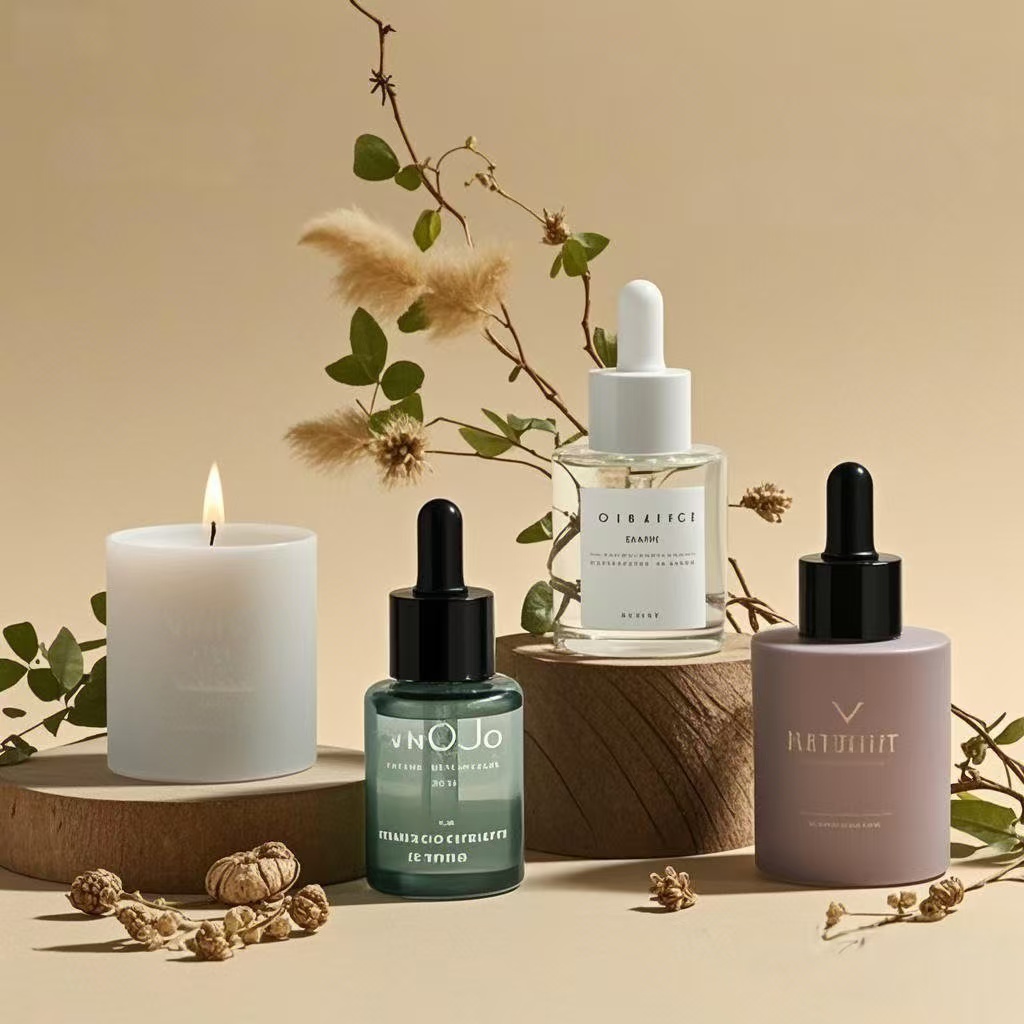Before the digital age, ink bottles were the silent witnesses to letters of love, legal declarations, and literary masterpieces. But how did these vessels evolve—and why are they making a comeback?
Ink bottles trace their lineage from ancient clay pots to sleek, sustainable containers—showcasing a blend of design, function, and cultural legacy.
As writing habits transform and sustainability gains urgency, the ink bottle finds renewed relevance. Let’s explore its journey through time, its craftsmanship, and its potential in today’s design-conscious world.
What is the history of ink bottles?
Before disposable pens and office printers, ink bottles were the heartbeat of creativity and communication. So, where did they begin?
Ink bottles originated in ancient Egypt and China, matured through medieval and Renaissance Europe, and blossomed in the industrial era with glass-blown artistry.
From Antiquity to Artisan Glass
Early Beginnings: Egypt and China
In 3000 BCE, Egyptian scribes used reed pens dipped in soot-based ink, stored in ceramic pots. Meanwhile, Chinese scholars used inksticks ground with water—precursors to the ink bottle.
The Roman Practicality
Roman civilization introduced glass and ceramic inkwells. Bronze and lead vessels with cork lids appeared in archaeological digs, hinting at early portability.
Middle Ages to Victorian Splendor
Medieval Monasticism
From 500–1300 CE, monks hand-copied manuscripts using horn or leather ink holders—crude but effective in candlelit scriptoria.
Renaissance Flourish
With literacy rising, glassblowers in Venice and Murano created ornate, reusable ink bottles—adding form to function.
Industrial Age Innovation
By the 1800s, the ink bottle became standardized. Molded glass designs—pyramids, cubes, barrels—emerged in homes, schools, and factories.
20th Century: Design, Branding & Decline
The Art Deco era brought brand personality. Parker, Sheaffer, and Pelikan launched signature ink bottles with marketing flair. By mid-century, plastic replaced glass—cheap but charm-less.
Modern Revival: Style Meets Sustainability
In today’s analogue renaissance, ink bottles cater to calligraphers, collectors, and brands seeking green elegance. PauPack responds to this trend with premium, customizable bottles in amber or frosted glass—balancing heritage with eco-minded design.
What is the history of bottle making?
Ink bottles tell only part of a broader story: the evolution of bottle making itself.
Bottle making progressed from hand-molded clay to precision glass and eco-safe polymers—driven by material science, industrialization, and user need.
Clay, Glass, and the Chemistry of Containment
Early Containers: Form from Earth
Before glass, ancient cultures used clay amphorae and gourds. Heat-fired, sealed with wax or pitch, they stored oils, wines—and ink.
The Glass Revolution: Mesopotamia to Rome
By 1500 BCE, artisans in Mesopotamia and Egypt created soda-lime glass. Romans later refined this into blown glass, creating bottles with controlled shapes, thickness, and translucency.
Renaissance Artisanship
Glasswork thrived in Europe, particularly in Venice. Bottles were both utilitarian and ornate—used for perfume, medicine, and ink.
Mechanization and Modernization
Owens Bottle Machine (1903)
This invention revolutionized bottling. Glass bottles for ink, medicine, and beverages were now scalable and uniform—ushering in the era of mass packaging.
Innovation in Caps and Closures
Twist caps, rubber stoppers, and dropper lids improved safety and convenience. For ink, this minimized evaporation and mess.
The Plastic Wave
By the 1950s, polyethylene and PVC bottles replaced much glass—cheaper, lighter, but environmentally taxing.
The Sustainable Present
At PauPack, innovation means marrying aesthetics with function. Our glass bottles feature UV-protection, PLA bioplastic closures, and custom molds suitable for both artisan and automated bottling lines. We serve brands seeking visual distinction and low-waste packaging.
What to do with old ink bottles?
Discarding vintage ink bottles is a missed opportunity. How can these vessels be reborn?
Old ink bottles are upcyclable treasures—perfect for décor, crafts, resale, or repurposed branding.
Creative Repurposing Ideas
Interior Style Hacks
-
Bud Vases: Fill with dried lavender or eucalyptus.
-
Candle Holders: Place a taper candle inside and surround with moss.
-
Bathroom Organizers: Store cotton swabs, bath salts, or essential oils.
Studio & Desk Utilities
-
Craft Containers: Use for sequins, pins, glitter, or pigment powder.
-
Pen Rinsing Jars: Especially for calligraphers or illustrators.
Collector’s Value and Culture
Identifying Value
Brands like Carter’s, Waterman, and Montblanc produced bottles now worth hundreds. Figural bottles—shaped like owls or shoes—are especially rare.
Authentication Tips
-
Check for embossing, original labels, and base marks.
-
Hand-blown bottles may show pontil scars or asymmetric lips.
Eco Branding with Vintage Vibes
Forward-looking brands are filling retro-style bottles with new product—inks, oils, serums—for a nostalgic but sustainable customer experience.
PauPack offers antique-look glass bottles made with modern tolerances—combining old-world charm with today’s quality controls.
What is the shelf life of ink bottles?
Ink isn’t forever. What determines its usability, especially in vintage containers?
Properly stored ink can last 3–10 years. Factors include ink type, exposure to light and air, and bottle material.
Ink Chemistry Basics
Dye vs. Pigment Inks
-
Dye-based: More fluid, vibrant; fades with UV exposure.
-
Pigment-based: Denser, archival; prone to settling or clogging.
Preservatives and pH
Modern inks include biocides and pH buffers to combat mold and spoilage.
Best Storage Practices
-
Keep It Dark: UV light degrades dyes—use amber or cobalt bottles.
-
Seal Well: Prevent evaporation and airborne contamination.
-
Stable Temperature: Avoid freeze-thaw cycles that destabilize formulas.
Trouble Signs and Fixes
| Problem | Symptom | Fix or Solution |
|---|---|---|
| Mold or Slime | Foul smell, film on top | Dispose or filter through fine mesh |
| Color Fading | Pale or washed-out ink | Store in dark conditions |
| Sediment or Clumps | Pigment separated | Shake well, or stir gently |
| Evaporation | Low level, thick residue | Top up with distilled water (if dye-based only) |
PauPack’s Prevention Design
We use tight-seal twist caps, leakproof dropper inserts, and dark glass to prevent spoilage. Our bottle line is lab-tested for ink interaction, oxidation resistance, and ergonomic fill/drain performance—making them ideal for premium ink brands worldwide.
Conclusion
Ink bottles are more than relics; they’re containers of history, craft, and creativity. Their revival speaks to a deeper shift toward meaningful, sustainable design. Whether preserved, repurposed, or reinvented, the ink bottle continues to write its story—one refill at a time.




